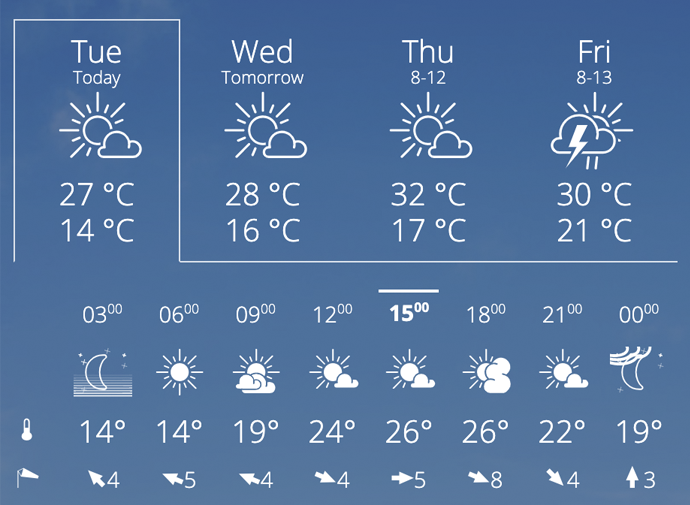Understanding weather API software can help you make better decisions when it comes to the weather. By understanding how the software works, you’ll be able to get a better idea of what’s happening in the atmosphere and therefore be able to make more informed decisions about the weather.
To understand weather API software, you first need to understand what data is being sent by the software. The weather API sends data about current conditions, temperature, precipitation, and wind speed. This data can be used by weather apps and websites to provide predictions about the weather.
Interpreting Weather Data For Current Conditions
One of the most important aspects of understanding weather API software is interpreting data for current conditions. By understanding what data is being sent, you can make informed decisions about the weather.
When it comes to temperature, for example, you’ll want to look at the temperature readings for the last few hours. This will give you an idea of what’s happening in the atmosphere right now.
Likewise, when it comes to wind speed, you’ll want to look at readings from different stations around the area. This will give you a more accurate idea of how strong the wind is currently blowing.
Understanding Historical Weather Data
Historical weather data is data that has been collected over a period of time, typically over the course of years or decades. This data can be used to understand trends in the weather, as well as to make predictions about future weather patterns.
Meteorologists and other professionals who work with the weather often use historical weather data to help them understand the current weather patterns. This data can be used to identify trends and to make predictions about what the weather will be like in the future.
Historical weather data can be very different from current weather conditions. For example, historical data may show that the average temperature in a certain area is trending upwards, even though it may be cold right now. This data can be used to make predictions about future weather patterns, which can help people make decisions about things like whether to plant a garden or go on a camping trip.
Weather API software often includes historical data to help people make more informed decisions about the weather. By understanding how the weather has behaved in the past, people can make better decisions about the present and future.
The Different Facets Of A Weather Report
A weather report is a document that contains information about the current or forecasted weather conditions for a specific location. The report usually includes data about temperature, humidity, precipitation, air pressure, wind speed, and wind direction. All of these factors play a role in predicting the weather.
Temperature is a measure of how hot or cold something is. It is measured in degrees Fahrenheit (°F) in the United States. The average human body temperature is 98.6°F.
Humidity is a measure of the amount of water vapor in the air. It is measured in percentage (%) relative humidity. The relative humidity is the amount of water vapor in the air compared to the amount of water vapor that the air can hold at a specific temperature.
Precipitation is water that falls from the atmosphere to the ground. It can be in the form of rain, snow, sleet, or hail. Air pressure is the force exerted by the weight of air on a unit area. It is measured in inches of mercury (inHg) or millibars (MB). The standard atmosphere is 29.92 inHg or 1013.25 MB.
Wind speed is a measure of how fast the wind is blowing. It is measured in miles per hour (mph) or kilometers per hour (kph). The average wind speed on Earth is about 10 mph. Wind speed plays a role in predicting the weather because it can affect the movement of air masses. If the wind is blowing quickly, it can help to move warm air masses out of an area. This can lead to cooler temperatures.
Implementing Weather API Software Onto Your Website
Weather API software can be used to provide weather information on websites. This information can be used to display the current weather conditions for a specific location, as well as to make predictions about future weather patterns. The software can be used to create a variety of different types of weather reports, including forecasts, maps, and charts. Weather API software is typically easy to use and can be customized to fit the needs of a specific website.
By understanding how the weather has behaved in the past, people can make better decisions about the present and future. Weather API software often includes historical data to help people make more informed decisions.













